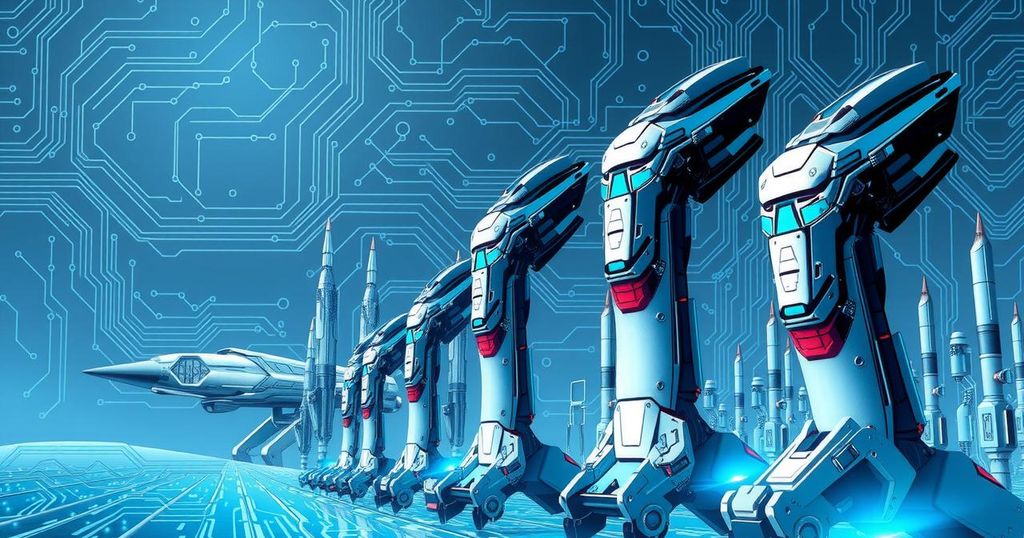The Future of Humanoid Robotics: Opportunities and Competition
Elon Musk asserts that humanoid robots could yield over $10 trillion in revenue, while Chinese advancements aim to establish a leading position in this burgeoning market. Major tech companies are involved, and despite existing technological gaps, China leverages low pricing to enhance competitiveness. The push for robotic solutions correlates with a declining workforce due to population changes.
Elon Musk recognizes the substantial market potential in humanoid robotics, estimating it could generate over $10 trillion in revenue. Concurrently, China is making significant advancements in this field, exemplified by the performance of humanoid robots during a major cultural event, which has garnered worldwide attention. Video footage of their capabilities, including complex movements, has further fueled interest in their economic viability.
Many prominent technology companies, both in the United States and China, are investing in humanoid robotics. Notable American firms, including Microsoft, Nvidia, and Amazon founder Jeff Bezos, have contributed to Figure AI, a leading domestic manufacturer. Meanwhile, Meta has plans for further investment in humanoid technology, seeking to capture part of this burgeoning market.
As humanoid robotics continue to evolve, experts like Xi Ning from the University of Hong Kong predict a future where they become as ubiquitous as automobiles. Goldman Sachs anticipates that the market for these robots could reach $38 billion by 2035, with industrial units leading the initial demand.
China aims to replicate its success in the electric vehicle sector within humanoid robotics. The government, viewing this as a vital technological competition area, has launched initiatives to support industry growth. Local investments related to robotics have reached approximately $10 billion, reflecting the state’s commitment to becoming a global leader in this technology.
Despite its robust support for the humanoid sector, China still faces challenges in developing advanced technologies. Currently, 56% of the supply chain for humanoid robotics is based in China, but significant gaps remain in critical areas such as processor chips and high-precision sensors, as noted by experts like Zhang Dan from the Hong Kong Polytechnic University.
China’s competitiveness primarily stems from its ability to offer lower-priced models, such as Engine AI’s PM01 and Unitree’s G1, which provide substantial cost advantages compared to Tesla’s Optimus. This price disruption is essential for driving the commercialization and widespread acceptance of humanoid robots, a view shared by industry analysts regarding the synergy between electric vehicle manufacturing and robotic development.
The issue of labor shortages due to demographic shifts further emphasizes the urgency of developing humanoid robots as potential solutions for an aging workforce. Experts believe that widespread deployment of these robots could alleviate labor demand gaps within various sectors of the economy.
In summary, the humanoid robotics sector holds immense potential for economic growth, with projections suggesting a vast market worth over $10 trillion. China is rapidly advancing in this domain, bolstered by significant state support and investment, while competitors like Musk’s Tesla continue to innovate. The interplay between cost-competitive production and technological advancements will shape the future landscape of humanoid robotics, particularly as solutions to labor shortages in China become paramount.
Original Source: www.cnn.com








Post Comment